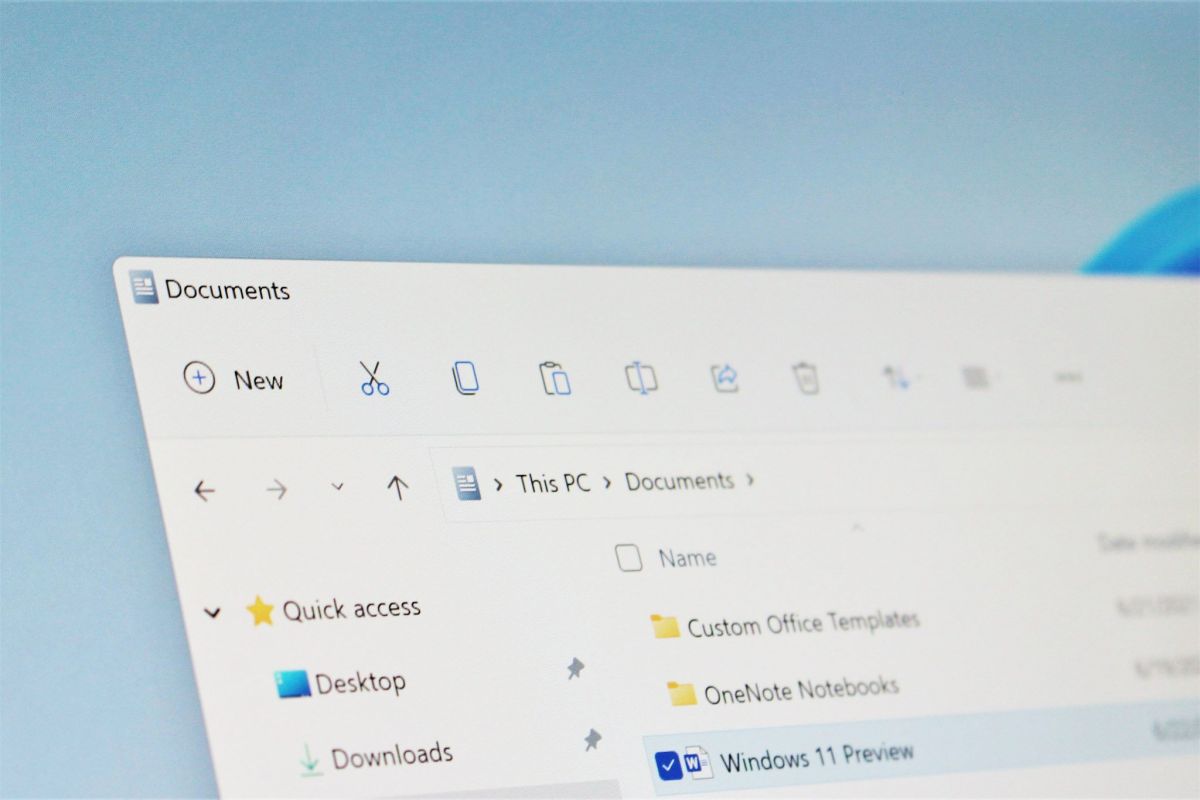You can say goodbye to these legacy File Explorer options on Windows 11
How the fuck is removing the drive letters going to work? That’s some crazy stupid shit.
My tech company relies heavily on custom drive letters. If this feature goes public, we will never move off of Windows 10. It would literally kill the business if we couldn’t see which drive we were accessing.
I think most people have misunderstood these changes. Drive letters are not removed, but the option “Show drive letters” in folder options is removed. By default, that option is enabled, so the drive letters will be shown, now if you want to disable them you’ll have to go to the registry.
Just like “Hide protected OS files” is enabled by default, it will remain like that, if you want to show them, you’ll have to fiddle with the registry instead of just changing an option.
It doesn’t sound like they’re removing the displayed drive letters so much as removing the setting that lets you toggle them on or off.
Removing things like showing drive letters in explorer, but in another part of the announcement they’re introducing a new focus session widget? I…
Removing things like showing drive letters in explorer
what.
I’m going to have to finally bite the bullet and move to linux soon, am I? >.>
Linux doesn’t show drive letters either.
(╯°□°)╯︵ ┻━┻
I have like 4 drives at minimum and knowing where I am at a glance is nice, is there no hope
Linux doesn’t show drive letters because it doesn’t use drive letters at all. Instead, everything is a file off of the root directory.
Maybe Linux has an alternative way to show drives. Idk I haven’t tried Linux.
Linux has a very different file-structure, which is the way your files are organized on a system. It’s a bit weird at first, but once you get used to it makes a lot of sense. A second drive can often be found at /mnt/DRIVENAME or /media/DRIVENAME. But they show up in the file manager in a list anyhow.
That’s for mounting, yeah, but when it comes to interacting with the hardware, Linux itself uses letters for some types of devices. For example, serial-connected ones (e.g. SATA internal drives, USB external drives) are /dev/sdx (x being a letter from A-Z). I don’t know what happens when all letters are used up though, maybe someone can chime in there? NVMe uses numbers it seems - my boot drive is /dev/nvme0n1
There are other ways to access devices and partitions besides that though. I just had to put EndeavourOS on a flash drive and the Arch Wiki recommended doing this by targeting the drive via /dev/disk/by-id/, which lists connected drives by name, connectivity and serial number.
When all the letters are used up, it goes into doubles, i.e. /dev/sdaa, /dev/sdab, and then triples, I believe.
That’s totally true and somehow it didn’t think of it. I think that is the closest equivalent of the Windows naming scheme on storage devices.
But on the contrary: I believe on Windows the drive letters ( C:, D;, etc) ARE used for recognition (by the user) while the drive is already mounted. But you can also mount them without assigning a drive letter, making it somewhat different than how it’s handled in Linux. On Linux, the (average) user usually doesn’t see stuff like “/dev/sda” unless they specifically look for it. At most, they will see the name that are assigned to the drive and it’s mounting point.
There are no drive letters in Linux because that concept is specific to Windows.









